Vultures are large birds of prey known for their scavenging habits. Unlike predators that hunt live prey, vultures feed exclusively on carrion—dead and decaying animal flesh. Though often misunderstood and maligned (even Charles Darwin once called them "disgusting"), vultures play an essential role in maintaining ecosystem health by cleaning up carcasses and preventing the spread of disease.
In this article, we’ll explore 11 fascinating species of vultures from around the world, along with their features and ecological importance.
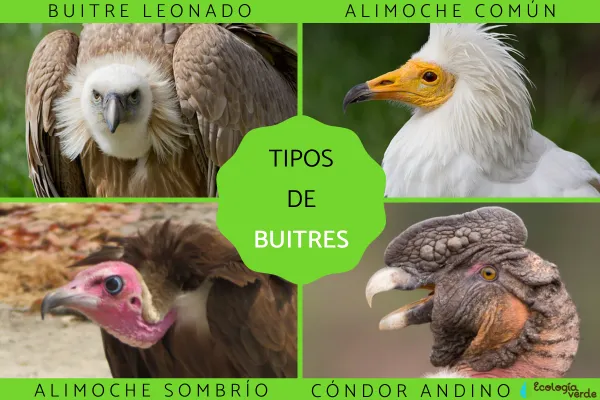
Hooked Beaks: Adapted for tearing flesh, but their talons are less sharp than those of eagles since they do not need to capture live prey.
Bald Heads and Necks: Most species have featherless heads and necks to maintain hygiene while feeding on rotting carcasses.
Feather Ruff: Many species have a ruff of feathers around their neck.
Highly Acidic Stomach: Their stomachs have an extremely low pH to safely digest decaying flesh filled with bacteria and toxins.
Pellets (Egagropiles): They regurgitate indigestible materials like fur, feathers, and bones in compact pellets.
Efficient Soaring: Vultures use thermal air currents to soar for hours, conserving energy while searching for food from above.
Feeding Behavior: After gorging on food, they often become too heavy to take flight and may regurgitate food if threatened.
Scavenging Competition: Multiple species may gather at the same carcass, often resulting in aggressive interactions.
Although similar in appearance, vultures belong to two completely unrelated families due to convergent evolution—they evolved similar traits to adapt to the same ecological niche.
Old World Vultures (Family: Accipitridae)
Found in Europe, Asia, and Africa. These vultures rely primarily on sight to locate food.
New World Vultures (Family: Cathartidae)
Native to the Americas. These vultures often rely on an excellent sense of smell to find carrion.
Found in mountainous areas of southwestern Europe, Asia, and northwest Africa. With a wingspan of 2.3–2.65 meters and a body length of 0.95–1.1 meters, it's one of the largest vultures. Older individuals have a whitish neck ruff, and their powerful wings are built for soaring.
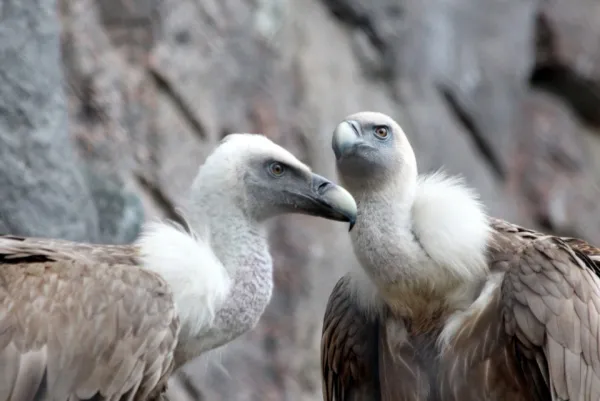
Also known as the lammergeier, this species drops bones from great heights to crack them open and feed on the marrow. Its striking appearance includes black wings, a diamond-shaped tail, and a black facial mask. Found in Africa, Europe, and Asia.
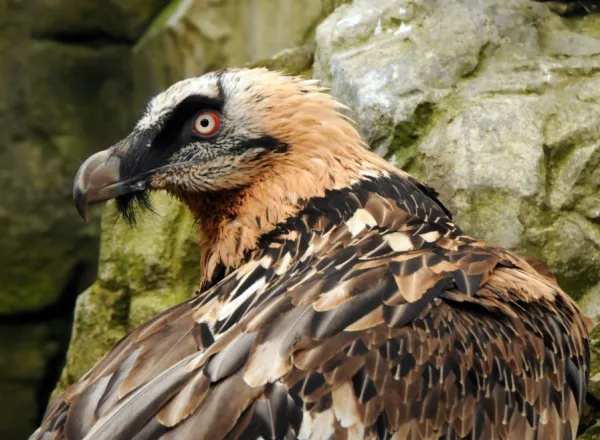
Also known as the Indian black vulture or king vulture, it has a bald, red head and a solitary lifestyle. It feeds mostly on livestock carcasses and is critically endangered due to habitat loss and changes in waste management practices.
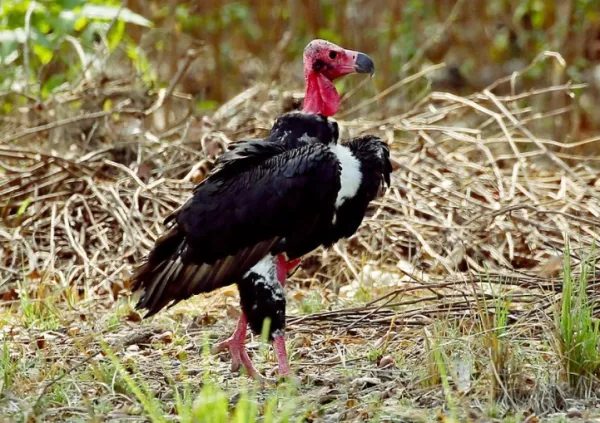
A small vulture known for tool use—it uses stones to break open ostrich eggs. It also carefully builds its nest using sticks and wool. Besides carrion, it occasionally hunts small animals. Distributed across Africa, southern Europe, and parts of Asia.
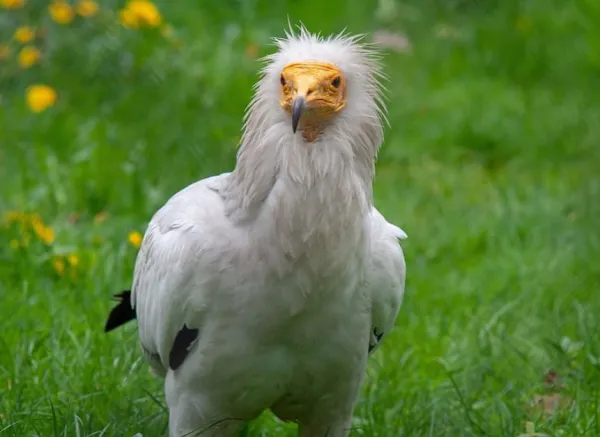
This African species has a modest wingspan of 1.6 meters, a square tail, and a featherless neck. It feeds on carrion, insects, and even human waste. While once common, populations have declined up to 85% in regions like Senegal, putting it at critical risk of extinction.
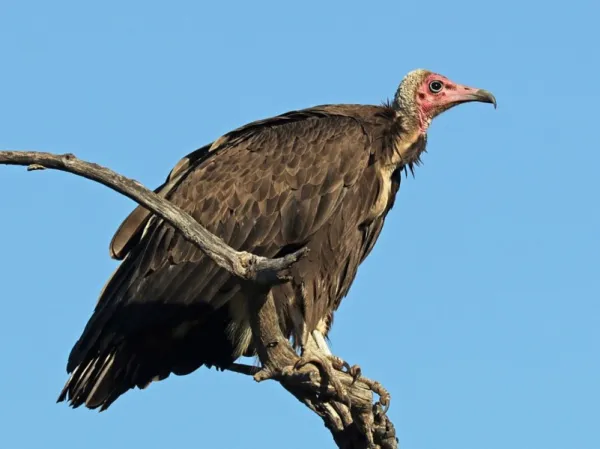
Also known as the Eurasian black vulture, it ranges from Iberia to Central Asia. It prefers meatier parts of carcasses and supplements its diet with small live prey. It is sedentary, monogamous, and visits its nest frequently.
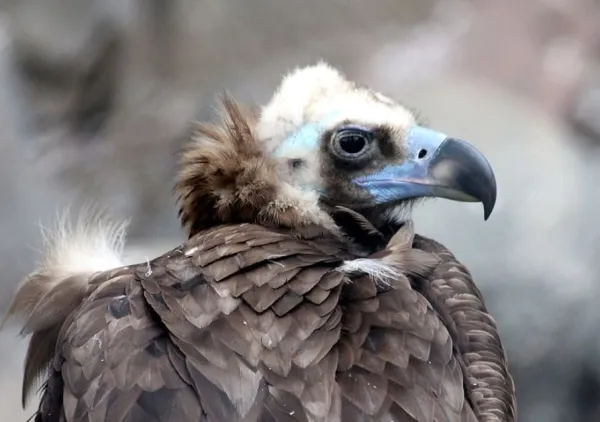
Called "zopilote" in Latin America, this entirely black vulture has a wrinkled face. It grows up to 60 cm and is very social, often seen soaring in groups. It ranges from the southern U.S. to Chile and has three subspecies depending on geography.
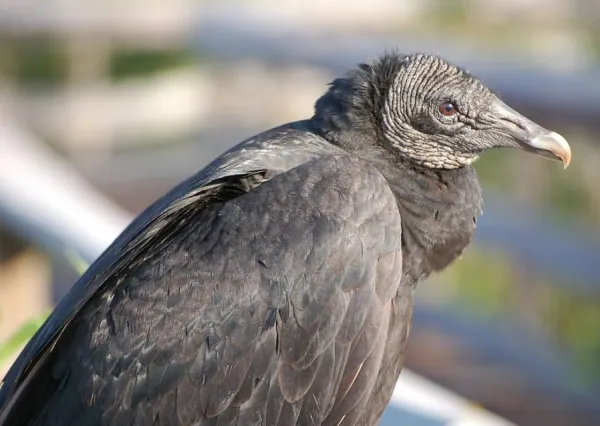
Also called the red-headed vulture or “buzzard,” it is common from Canada to South America. It is quiet, with a red bald head and a hooked beak. It sunbathes with outstretched wings and relies heavily on its strong sense of smell.
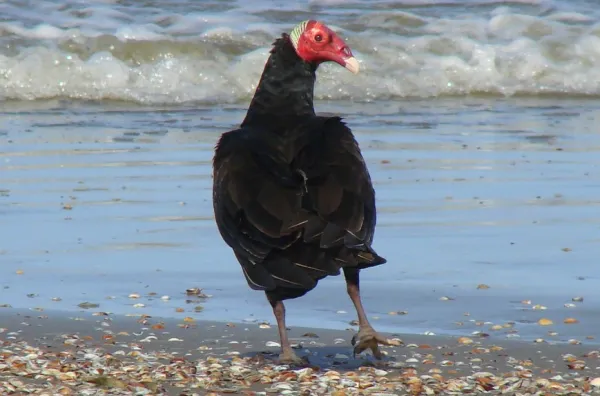
The largest terrestrial flying bird by wingspan, which can reach up to 3 meters. A symbol in Andean cultures, it soars along the Andes in search of carrion. It often follows other vultures to locate food and can go weeks without eating. Monogamous for life.
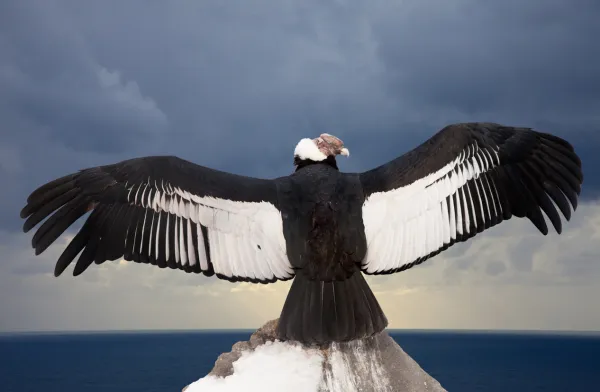
Known for its white body and vividly colored head (red, yellow, orange, and black). With a wingspan of 2 meters, it often displaces other scavengers. It lives in tropical forests from Mexico to Argentina and depends on other vultures to locate carcasses. Endangered due to pesticide poisoning.
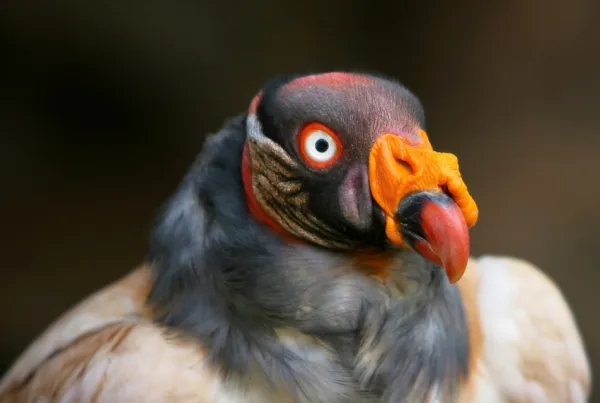
The largest bird in North America, with a wingspan of 3 meters. It once went extinct in the wild (1987), but captive breeding programs have successfully reintroduced it to Arizona, Utah, and Baja California. Revered in Native American cultures, this species dates back over 11,000 years.
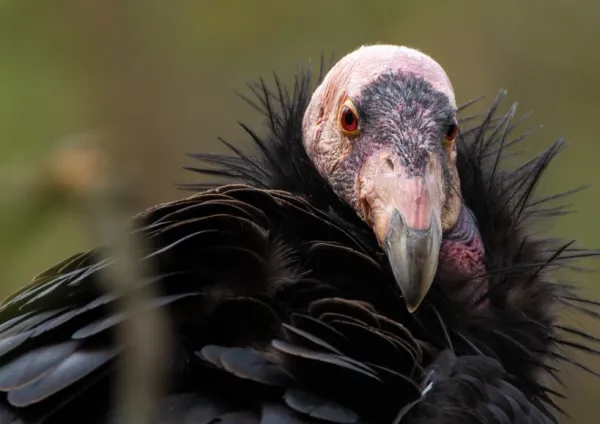
Vultures eliminate about 70% of carrion in Africa, preventing disease outbreaks.
They can weigh between 1.5 kg and 12 kg, depending on the species.
The name Cathartidae comes from Latin kathartes meaning "purifiers," while Accipitridae derives from accipiter meaning "bird of prey."
They provide a vital ecosystem service by removing decaying, disease-ridden bodies.
Many species, like the African white-backed vulture (Gyps africanus), are endangered due to poaching, poisoning, and land-use changes.
Want to learn more about birds?
Check out our related articles:
[Bird Classification]
[Endangered Bird Species]
For more wildlife content like this, visit our Wild Animals section.
Bibliography
African Wildlife Foundation (2021) Wildlife Conservation, Vulture. Available at https://www.awf.org/wildlife-conservation/vulture
Beatty, R., Beer, A., and Deeming, C. (2010) The Book of Nature. Great Britain: Dorling Kindersley.
National Geographic (2018) Andean Condor. Available at https://www.nationalgeographic.es/animales/condor-andino
Global raptors (2010) Species account: Red-headed Vulture Sarcogyps calvus. Available at: http://www.globalraptors.org/grin/SpeciesResults.asp?specID=8319
SEO Bird Life (2008) Lesser Black-headed Vulture. Available at https://seo.org/ave/alimoche-sombrio/
Universidad Autónoma de San Luis Potosí (n.d.) Cathartes aura. Available at http://evirtual.uaslp.mx/Agronomia/clubdeaves/Falconiformes/Paginas/Aura.aspx
Ormiston, D. (2003) Sarcoramphus papa. Available at: https://animaldiversity.org/accounts/Sarcoramphus_papa/
National Park Service (n.d.)California Condor Fossil. Available at: https://www.nps.gov/articles/california-condor-fossil.htm
animal tags: Vultures
We created this article in conjunction with AI technology, then made sure it was fact-checked and edited by a Animals Top editor.